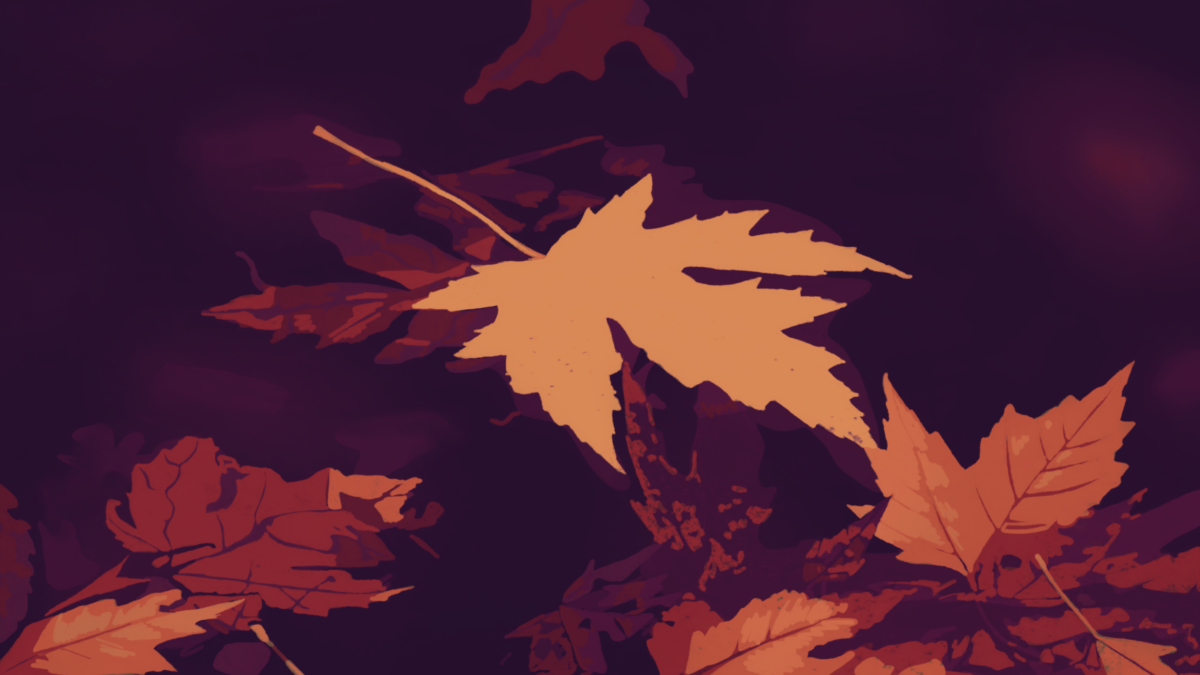Years ago I lost
my maple leaf cap
in the lake.
I dived deeper than ever,
feeling less and less human
in the lake’s little twilight zone,
only metres deep but fully expecting
creatures from books to shine
through the blackening water.
As the light left me,
my lungs throbbed coldly,
meaningfully,
and fear forced retreat.
I was distraught. Teasingly,
lovingly, older relatives
made things up:
An old nymph,
a known thief
this side of the lake,
had stolen my cap,
thinking it a vessel
of what I was,
hoping to gain
some of my youth.
She gripped the cap
and prayed, but the wrinkles
only continued to blossom.
Sold, the cap became the property
of goose grandees or the plaything
of drunken bears or the crown
of Canadian Crusoes
at midnight mountaintop revelries.
In my dreams, the saga went on:
after a storm, the thing spent
an autumn up a tree. The marvel
of the season, it barely escaped
the iconoclasm of beavers,
for whom the faux-fur maple leaf design
brought to mind the fur-mad butcher men
of their past. Furious,
they made beaver history
by building a dam up a tree,
but history was spoiled
by the wind.
Such was my fancy;
and when ants did donuts
on the car window,
I saw Herodotus’ giant ants
carving out the mountainsides,
and wondered why
whoever made the myths
forgot the ants
who carved Alberta
into dappled towers,
amphitheatric not just
in size and shape but more
in the way faces grin from the rock,
short-lived characters won and lost
with the changing of the light,
webbed into each other,
Siamese cast members
forming real-time Rushmores.
I was young:
a sudden distant glint
was not just a car,
but the desperate Morse
of lost Americans
imprisoned by a cabal
of cursed bipedal moose;
howls at bedtime
were not wolves
but wolf-nursed
wild men of other centuries;
the angry bear reported in the area
was not just hungry or rabid
but a woman willed into a bear
by revanchist treefolk sorcerers,
mourning her lost breasts,
fumbling to approximate
the opposable thumb,
stirring potions, buying
caps containing humanity.
As the rental car grumbled
toward S Half Diamond Ranch,
perhaps wanting to stretch our legs,
but more likely because
we understood that
the winner would
briefly become a man,
the right to jump out
and open the gate
was squabbled over
by me and my brothers
with the wide-eyed whirl
of the brawling dragonflies,
heralds of the Canadian summer.
At that age,
I often thought about
a school project where we
tagged plastic teddy bears
and mixed them back into the bowl:
the easiest way of counting.
You could capture and release
a thousand blue dragonflies
and never see one you tagged:
for they’d sped away
to join their confreres
at the noisy nodding logs,
lounging midair at happy hour,
forming secret dragonfly societies,
I supposed, loving and hating
each other before dying
after two weeks in little graves
near the shore, abdomens
thinning into twigs,
wings whitening into petals;
or expiring on the water
and drifting into the night
like war-weary Vikings;
except for the dragonfly
which died on me,
who my brothers
and I honoured
with a proper funeral:
daisies propped in the dust,
reeds looped into an arch,
a libation of pink lemonade.
***
Yesterday, I jumped into the lake
with the nostalgia of the nymph
and the recidivism of the nymph
and the perseverance of giant ants
carving mountains and the hardihood
of the faces at the Banff amphitheatre
and the frustration of the bear woman
and the ambition of bickering brothers
and the insistence of dragonflies
who won’t stop being reborn
from twigs and petal,
and, ignoring
what books say
about underwater creatures,
I dove far down and scratched
at the spot from eight years ago,
and, sure enough, rising hugely
from the ancient mud,
disturbing the quiet life
of the seaweed, creating
little avalanches over my fingers,
the long-lost maple leaf
is brought to light,
its colours restored
by the silent pillars of sun,
and the hat and I rise
smiling to the surface.
We acknowledge the Ngunnawal and Ngambri people, who are the Traditional Custodians of the land on which Woroni, Woroni Radio and Woroni TV are created, edited, published, printed and distributed. We pay our respects to Elders past and present. We acknowledge that the name Woroni was taken from the Wadi Wadi Nation without permission, and we are striving to do better for future reconciliation.
